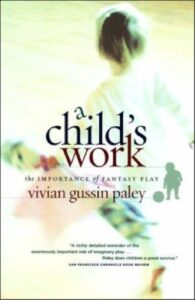
a child’s work: The Importance of Fantasy Play
by Vivian Gussin Paley
Review by Will Clark
Will Clark is an early years teacher in an East London school. He wrote his Masters of Education Dissertation on the Helicopter Stories approach that is derived from Vivian Gussin Paley’s work.
Book No: 12 – 1st published: 2004
Expectations for incoming first-graders are quite precise, and the tension begins even before the teacher and student meet. The potential for surprise is largely gone. We no longer wonder ‘Who are you?’ but instead decide quickly, ‘What can we do to fix you?'
At first sight, this book by Vivian Gussin Paley seems designed to be unassuming. My copy has a simple cover, is quite slim (only 111 pages) and even contains a non-capitalised title! When reading, however, you realise that the aim of this text and the passion with which it is written is no way unremarkable. It is, in fact, an insightful and lovingly detailed book that advocates for the importance of fantasy play to all children. Even more, so it becomes clear that the simplicity of the presentation is deliberately constructed to allow space for the true stars of all Paley’s books; the children.
Like many of Paley’s texts, a child’s work takes an anecdotal approach to its subject, calling upon her many years of experience as a teacher within inner-city schools of Chicago.
I first encountered Vivian Gussin Paley through the Helicopter Stories approach based on her work, that was brought to the UK by Trisha Lee and the charity, Make Believe Arts. An example from one of Trisha’s storytelling experiences is included in the coda of this book, a story in which a child’s shiny tree is stripped of shiny leaves by an oblivious adult. I recall hearing Trisha tell this story in person and finding it inspiring. Paley, it seems felt similarly, including it within this text as an example of how fortunate teachers should hold themselves to be close to children at their most creative moments.
My first in-depth contact with Paley’s work, was when I came to write my Masters dissertation. As a Year 1 teacher, I was reflecting on the changes that occur between the EYFS curriculum and the Key Stage 1 curriculum when I came across this book. It is important for those of us in England to remember that when Paley writes about First Graders in the USA these are children who are a full year older than our Year 1 children.
Paley asserts that storytelling represents the ‘curriculum in its most natural form’, a statement that inspired me to explore how the Helicopter Stories approach could support children’s wellbeing and development over their EYFS to KS1 transition.
The children themselves continually reminded us that play was still their most usable context. It was not the monsters they invented that frightened them in kindergarten; it was being told to sit still and pay attention for long periods of time.
This book is a springboard from which to explore storytelling in greater depth and is also a challenge to a teacher to reflect on how we can do more to enable this crucial aspect of child development.
It is worth noting that Paley’s writing, like her pedagogy, is very child-centered. Apart from the above quotes, she does not dedicate much of this book to statements on her opinions on storytelling, preferring to let the children speak for themselves. This writing style means reading the books feels intimate and intriguing; the reader gets to be a fly on the wall of Paley’s wonderful classroom.
If a reader was to approach this book hoping for an academic text full of theory and references it is fair to say they would not come away with what they were looking for. However, what they would come away with is a sense of how vast the possibilities are for child development in the act of Storytelling and Story Acting, (or Helicopter Stories).
I would highly recommend ‘a child’s work‘ to anyone who is involved in early childhood education, and anyone who hasn’t yet been lucky enough to have first-hand experiences of ‘the endless possibilities suggested by a magical tree and a little bird who has the keys to the kingdom.’











